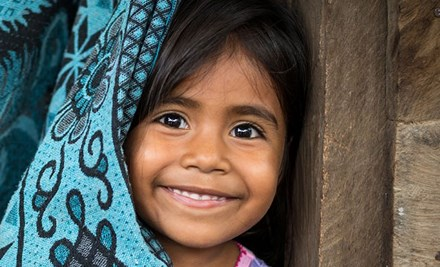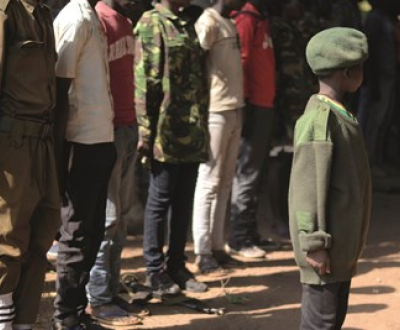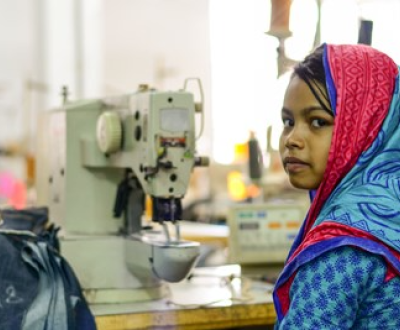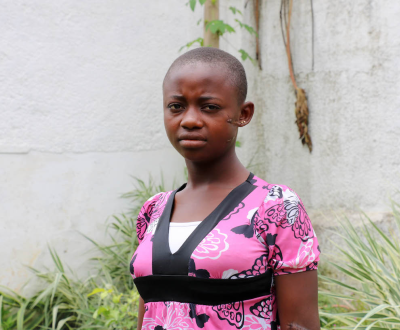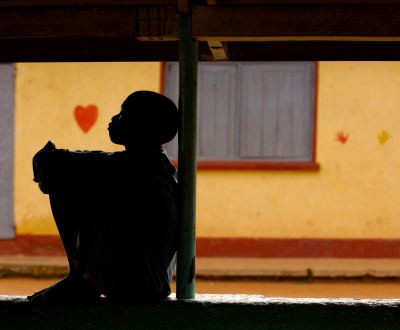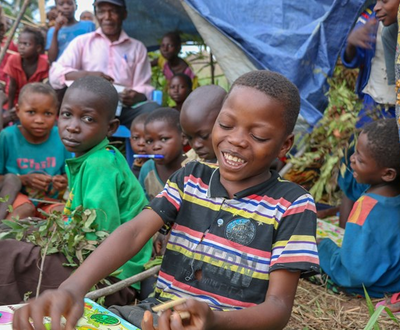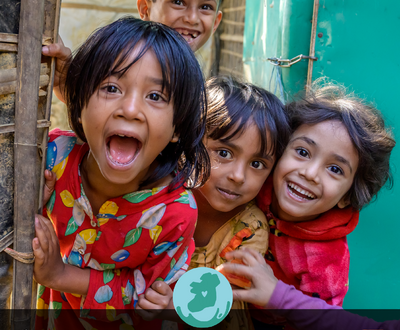More than 1 billion children are affected by some type of violence each year.
Violence is the world’s worst crime against children. It happens in every country, city and community. Violence is a thief; physical, sexual and emotional abuse, neglect and exploitation rob children of their future, their dignity, human rights and God-given potential.
World Vision is relentlessly advocating for an end to violence against children; highlighting it when it occurs and holding those responsible to account. We work to prevent violence wherever it occurs so no child has to experience it. We are working with survivors, strengthening the systems and services available to them to ensure they have the chance to heal and recover. We will amplify their stories and voices.
We believe that a world without violence against children is possible.
How World Vision Ireland is working to end violence against children
World Vision Ireland, with the support of Irish Aid, continues to work tirelessly around the clock to improve gender-based violence in the developing world, to promote and protect the rights of women and children, and to help create a more equal society and world.
Our programmes aim to improve children’s access to education, to create a girl-friendly environment in schools, to strengthen community-based protection mechanisms through schools clubs, child protection and GBV committees and strengthen access to psycho-social support and response services. We also engage with faith leaders to create greater community awareness of child protection and the prevention of early marriage. The programme has also been working closely with local partners and community groups to increase community awareness of dangers of teenage pregnancy, strengthen GBV referral pathways and youth friendly services at all levels of service provision.
One of our key interventions is the establishment of Child Friendly Spaces and Early Childhood Development Centres. Through trained volunteers, these spaces provide children with a safe place to play, to participate in activities, to receive counseling and to access education. Youth are also supported with life skills training on peacebuilding and transformation, conflict management, leadership, communication, coexistence, and solidarity.
Thanks to the Irish public, children have been able to escape from the terrors they have been exposed to as a result of a conflict.
What we have learned about ending violence against children
It can be done
Ending violence against children is possible
It takes a world
Key actors must be engaged and participating
There is no magic wand
Ending violence requires a combination of different approaches
Context is key
When our approaches reflect the local culture, norms and infrastructure, they work
Big picture, little picture
Solutions require direct interventions and longer-term system strengthening
It takes children
Boys and girls play a significant role, as active agents of change
Scaling up
It is important to do more of what works, in more places
